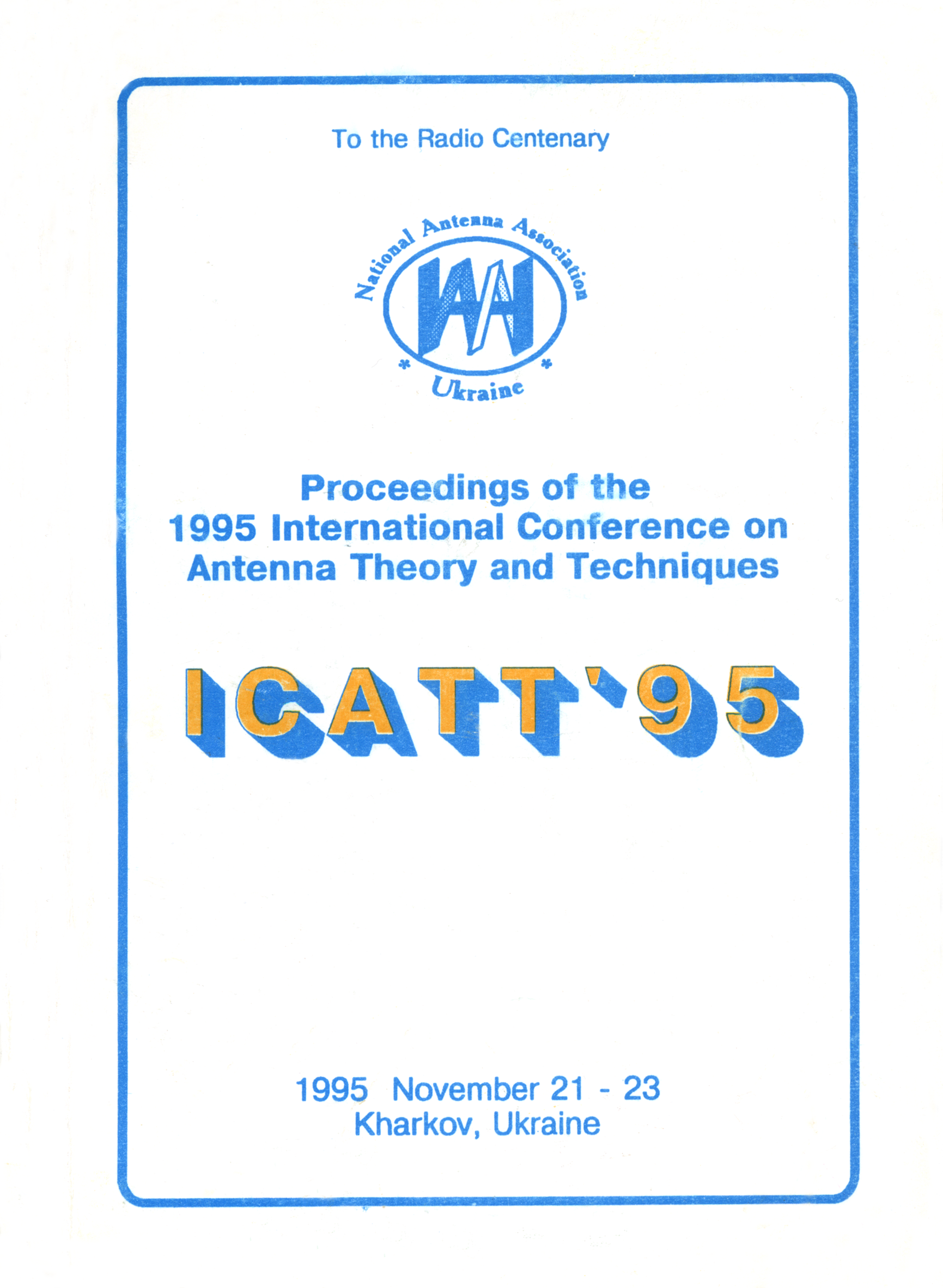Efficiency of self-balancing potentiometers in the presence of reflections from underlying surface
DOI:
https://doi.org/10.1109/ICATT.1995.1234106Abstract
The expressions for the noise suppression factor (NSF) and signal energy using factor (SEUF) were obtained and analyzed. They take into account the directive antenna properties of the main and auxiliary channels of the self-balancing potentiometer (SBR), radio wave reflections from the flat surface, and a possible frequency mismatch in the channel bandwidth.
It is shown that even in the case of complete frequency response identity of the antenna feeder channels, the efficiency of the self-balancing potentiometer can be small, the values of NSF and SEUF depending significantly on the angular coordinates of noise sources.
Two practically important particular cases corresponding to the auxiliary pencil-beam and slightly directional antennas are examined on detail. For each case the direction in which NSF and SEUF take the extremum values are determined. The reasons leading to unidentity of frequency-response spatial reception channels are defined. The efficiency of self-balancing potentiometers depending on bandwidth, phase center separation of the antennas, their polarization, envelope form of the pattern sidelobes, underlying surface properties and investigated.
The peculiarities of self-balancing potentiometer functioning when there is a vegetation on a flat surface are considered. The recommendations on increasing the self-balancing potentiometer efficiency are developed.
